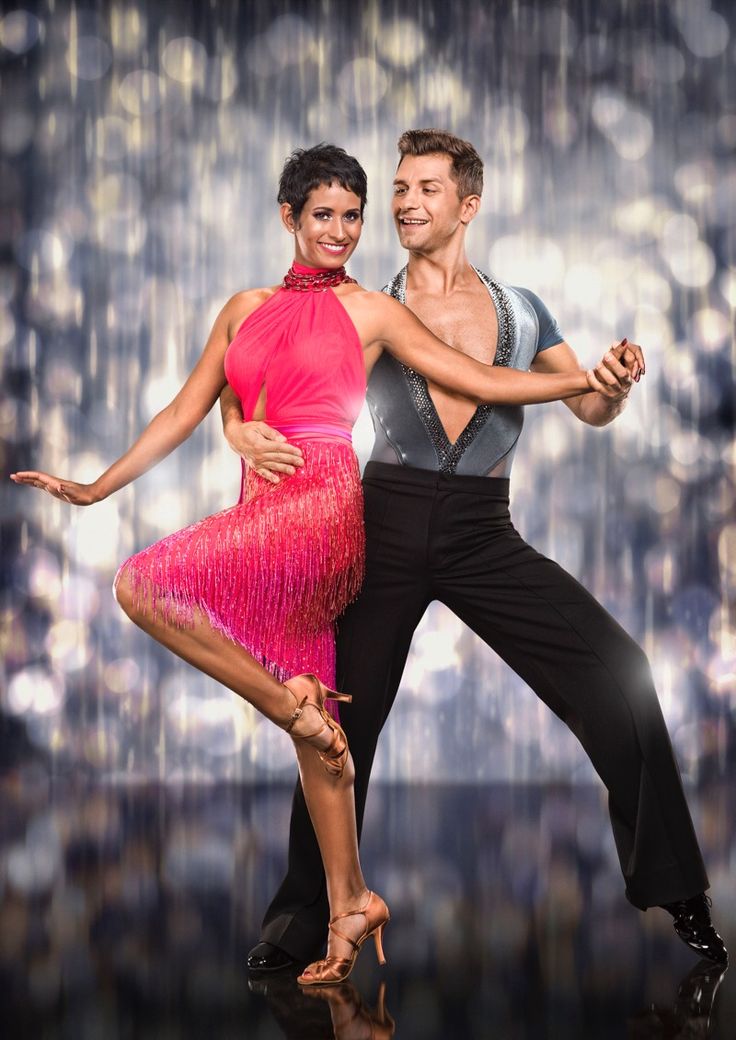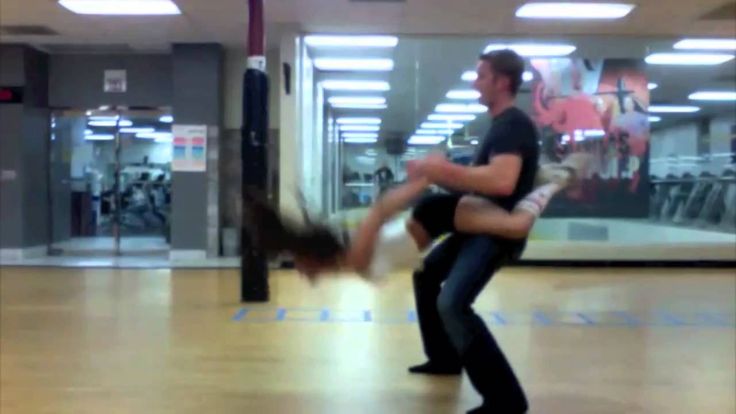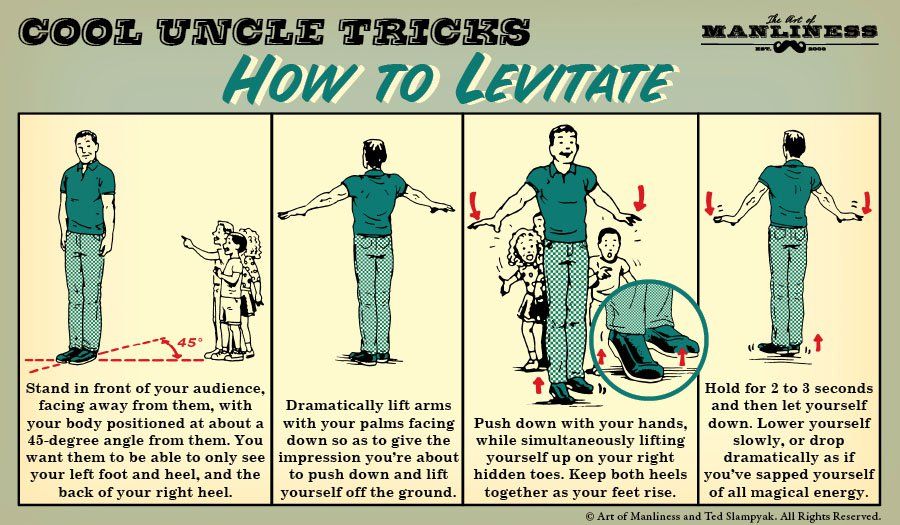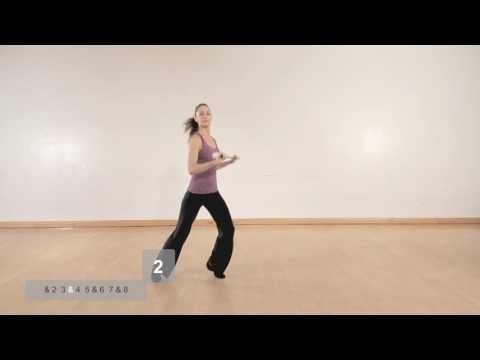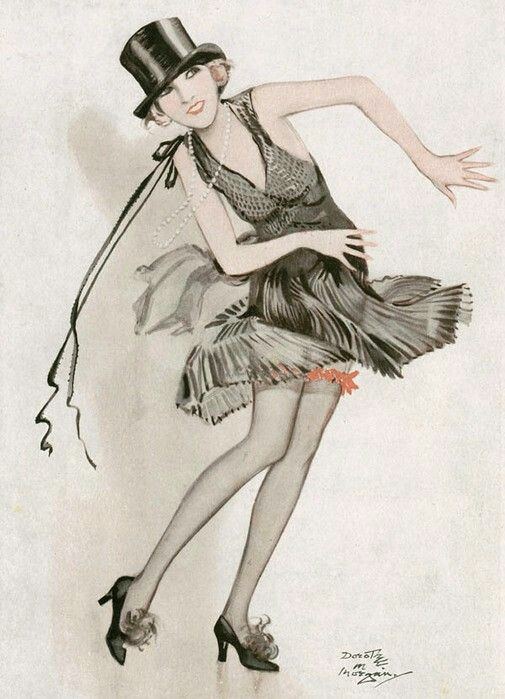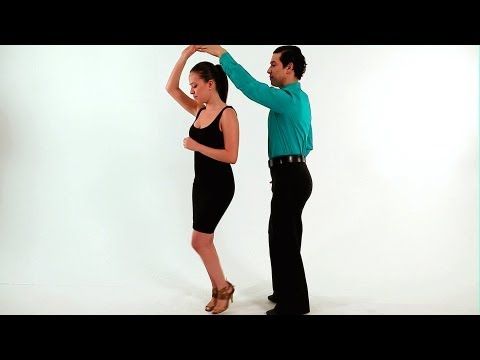How is the russian floating dance done
Russian Dancers Captivate Audience With Magical Floating Technique
Ah, the Russians and their rich culture. The knowledge we have of the stunning, populous nation includes their significant contribution to literature (“Anna Karenina”, “War and Peace”, “Crime and Punishment”), ballet (the Bolshoi Ballet and the Mariinsky Ballet), classical music (Peter Ilyich Tchaikovsky, Alexander Borodin, Nikolai Rimsky-Korsakov), and painting (Andrei Rublev, Ilya Repin, Valentin Serov).
Add to that our general idea of their breathtaking geography, colorful folk costumes, and captivating scenery.
Source:
Pexels
If you are deeply interested in Russian culture and wish to explore more, you can start by watching remarkable performances that showcase the traditions of the nation, particularly dance.
Their folk dances, for instance, promise so much for the audience.
Source:
Pixabay/delo
You should know that there is more to Russian dance than the classic squat work, stomping, and split jumps.
When you look beyond the steps, you’ll notice that costumes are always intricately designed, with details highlighted beautifully by the dancers’ movements.
Source:
Pixabay/Ana Krach
Take this number by Beryozka (or the Berezka Dance Ensemble), a troupe of female dancers founded by Nadezhda Nadezhdina.
The group is known for performing in striking long gowns and demonstrating movements that make it appear as though the dancers are floating. While their dances are generally considered part of Russian folk dancing, the founder and choreographer explains,
“Beryozka’s dances are not folk dances. They are dances whose source is the creative work of the people. But these dances are composed by me.”
Source:
YouTube Screenshot
Amazing as the floating illusion is, one will be surprised to know that not all the dancers in the group can actually do it. Nadezhdina adds,
“You have to move in very small steps on very low half‐toe with the body held in a certain corresponding position.
”
Source:
YouTube Screenshot
The first part of their performance already gives the audience an idea of just how incredible this group is. Watch as they seem to float slowly and gracefully in a circle.
Source:
YouTube Screenshot
The dance is nothing short of enchanting but as you watch closely, you won’t be able to help but wonder just how much work goes into achieving the floating effect the dancers execute so flawlessly.
How many tiny steps done in quick succession does it take to make the audience believe that they’re simply waltzing on air from one direction to another?
The dedication it takes to produce such a magical piece will surely deepen your admiration for the Russians and their culture.
Source:
YouTube Screenshot
Wearing head pieces that match the vivid color of the long dresses, props in hand, the dancers of Beryozka grace their audience with a number that simply cannot be mirrored just like that
Despite the complicated work that goes behind the dance, the women of the dance troupe make it seem so effortless with their dainty movements and charming smiles.
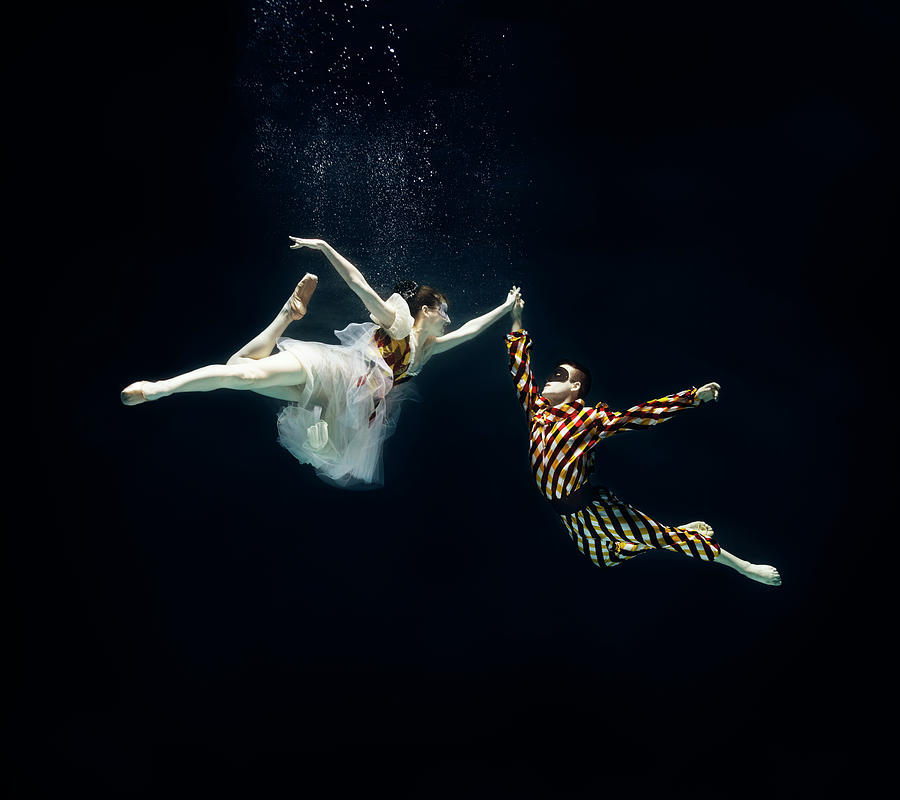
Source:
YouTube Screenshot
Watch out for the incredible way they seem to float quickly into a tighter circle, like the closure of a flower.
Prepare to be entranced by the talented women of Beryozka as they showcase Russia’s culture wonderfully with their floating folk dance.
Please SHARE this with your friends and family.
Voluspa / Astrid
LiveScience
To learn more read our Editorial Standards.
Alissa Gaskell is a contributor at SBLY Media.
Solving the Beriozka mystery. By Frederic Friedel | by The Friedel Chronicles
In the 1980s I paid Moscow a couple of visits. It was still part of the Soviet Union — communist to the core and sometimes quite scary. Here’s one example of what things were like at the time. There were few things to buy, and malls — well, the one mall, called GUM — were fairly empty of actual products. But there was culture everywhere, and visiting the Bolshoi or other theatres was quite inexpensive. And you got world class performances. So I went there a lot, caught ballet, opera and the rousing Don Cossacks.
It was still part of the Soviet Union — communist to the core and sometimes quite scary. Here’s one example of what things were like at the time. There were few things to buy, and malls — well, the one mall, called GUM — were fairly empty of actual products. But there was culture everywhere, and visiting the Bolshoi or other theatres was quite inexpensive. And you got world class performances. So I went there a lot, caught ballet, opera and the rousing Don Cossacks.
One evening my host took me to see the Beriozka dance group. The what? Beriozka (or Beryozka) was a familiar name I knew — Soviet duty-free shops where foreigners and rich Russians could buy Western goods for Western currency. But a dance group? Some kind of ballet? I was definitely interested.
So off we went to the Moscow opera and ballet theatre. The evening started with a few high-kicking routines like this one (the picture is from the official Opera and Ballet site), all very nice, very impressive. But they were merely pre-shows for what was coming. And that was a performance that stuck in my mind for years.
But they were merely pre-shows for what was coming. And that was a performance that stuck in my mind for years.
It was delivered by the academic choreographic ensemble “Beriozka” (the name translates to “the little birch tree”), founded in 1948 by one of the most famous choreographers of the 20th century. The above site has a biography: “Nadezhda Sergeyevna imparted poetry of an ancient round dance to the classical dance, connecting the past to the present. The maiden round dance, composed by her to the sound of the Russian national song «Vo pole beryozka stoyala» («In the field the Birch stood») has been bewitching the audience by the exotic, «floating» step…”
When the Beriozka dancers appeared I was stunned. Take a deep breath and start the following video, recorded during a modern-day performance:
If this video gets taken down, simply search YouTube for “Beriozka” — there is plenty of material there.In the Moscow theatre I had a place in the front row — having offered to take the cost, around $10, for it myself. At the start of the above video you can see what I mean by “front row” — I could lean forward and touch the stage. Which I did, because the impossible physics of what these ladies are doing — nobody can glide around like that — immediately suggests a trick. A fake floor or something. But that was clearly not the case. Were they on roller skates? Maybe with one foot on on a small skateboard, I speculated, while the other was used to push them forward. But the longer I looked the more implausible it became. Check the video yourself, in full screen, watch the faces and the upper torsos, and tell me if there is a better explanation.
At the start of the above video you can see what I mean by “front row” — I could lean forward and touch the stage. Which I did, because the impossible physics of what these ladies are doing — nobody can glide around like that — immediately suggests a trick. A fake floor or something. But that was clearly not the case. Were they on roller skates? Maybe with one foot on on a small skateboard, I speculated, while the other was used to push them forward. But the longer I looked the more implausible it became. Check the video yourself, in full screen, watch the faces and the upper torsos, and tell me if there is a better explanation.
I didn’t sleep well that night, the mystery was too puzzling. One theory I came up with, years later, was that they were using hoverboards. The only problem was that hoverboards would only be invented decades after the performance I had witnessed. Today we could do a wonderful fake performance of Beriozka with self balancing unicycles. Memo to self: find a way of organizing such a performance!
I have spent a lot of time trying to figure out Beriozka, even discussed it in forums — some of the theories others came up with, like “Iron-soled shoes coated with Teflon, with moving magnets under the stage,” were outlandish and unconvincing. I studied a number of videos, of less virtuoso performers, and gained an inkling of how it is done. In this video (at around 15 seconds and later) you can clearly see the footwork, since the dancers are wearing lights under their dresses, or here, starting at around 30 seconds. But compare them to the original Beriozkas in the second half of the second video — they are definitely not as good. Here’s a full explanation of the technique, given by a professional teacher — brush up your Russian to follow it. Unfortunately most of what you hear from the original Beriozka group is that it all comes out of the heart, or the soul, or some other I’m-not-telling-you place.
I studied a number of videos, of less virtuoso performers, and gained an inkling of how it is done. In this video (at around 15 seconds and later) you can clearly see the footwork, since the dancers are wearing lights under their dresses, or here, starting at around 30 seconds. But compare them to the original Beriozkas in the second half of the second video — they are definitely not as good. Here’s a full explanation of the technique, given by a professional teacher — brush up your Russian to follow it. Unfortunately most of what you hear from the original Beriozka group is that it all comes out of the heart, or the soul, or some other I’m-not-telling-you place.
My conclusion: it is actually done with normal steps, little ones, and rigorous, almost super-human control of the upper body while taking them. Years of practice and discipline lead to the perfection I witnessed. So hats off to these remarkable ladies!
Addendum: maybe Beriozkais is just moonwalking?!
Significance of the use of axiological concepts of Russian dance in a dramatic performance
A.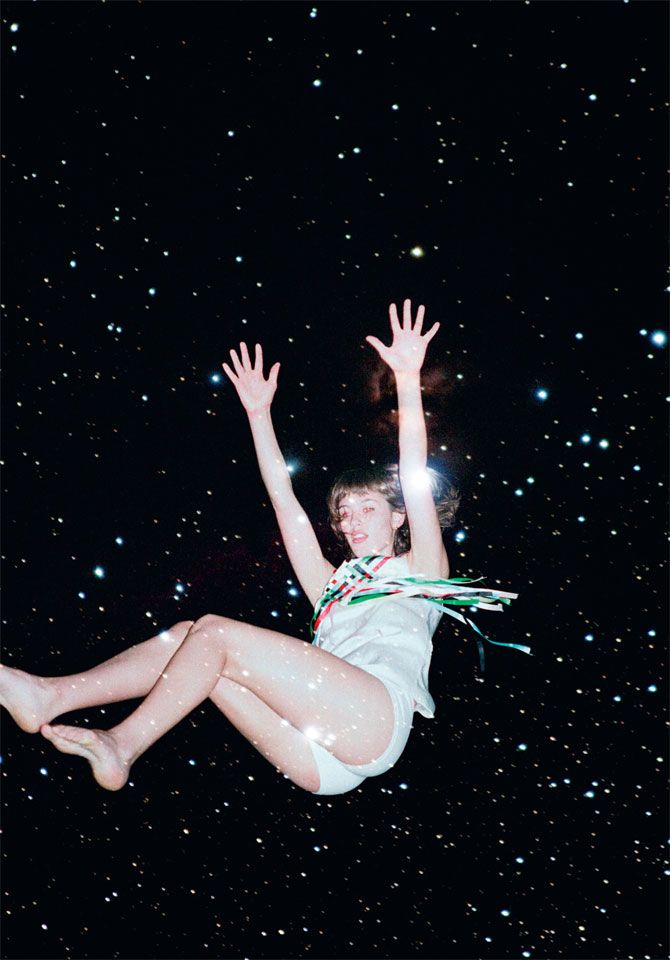 S. Shilova*
S. Shilova*
THE SIGNIFICANCE OF USING THE AXIOLOGICAL CONCEPTS OF RUSSIAN DANCE IN A DRAMA PERFORMANCE
The article presents an attempt to consider Russian dance as a special type of plastic expressiveness. The possible reasons for the emergence of specific means of Russian dance are investigated and a list of its value-semantic meanings that are important in the creation of a dramatic performance is presented.
Key words: Russian dance, values, axiology.
A. Shilova. THE IMPORTANCE OF THE USAGE OF AXIOLOGICAL CONCEPTIONS OF RUSSIAN DANCE IN DRAMATICAL PERFORMANCE
In this article we tried to display the Russian dance as the philosophy of Russian people in movement. We into the possible reasons pertaining to the origin of its specific means of expression. We managed to form the list of its ontological orientations and values that can be seen through the prism of Russian dance.
Key words: Russian dance, values, axiology.
The dance art of any nation is not born from scratch. It appears as a way of expressing the specifics of one's inner consciousness with the help of plastic techniques. National dance is a kind of movement philosophy of the people. From this point of view, we will consider Russian folk dance.
It appears as a way of expressing the specifics of one's inner consciousness with the help of plastic techniques. National dance is a kind of movement philosophy of the people. From this point of view, we will consider Russian folk dance.
It is known that at the initial stages of the development of culture, dance continuously accompanied a person's life. According to the Danish ethnographer Jens Bjerre, who described the African tribes of the Bushmen, who remained untouched by civilization longer than others, their babies absorb the sense of rhythm with their mother's milk, because every day they fall asleep on their mother's
* Shilova Asya Sergeevna, post-graduate student of the dance department of the Russian Academy of Theater Arts - GITIS. Tel.: 8-915-031-23-89.
breasts that move to the beat of music and songs; he claimed to have seen one-year-old babies learning to dance.
Well-known researchers of the life of primitive people and the origin of world religions Z.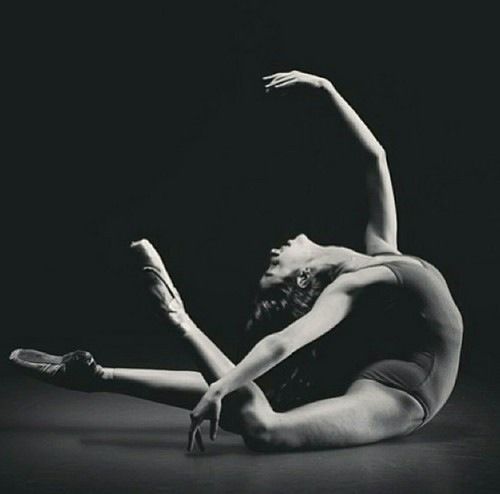 Mirkina and G. Pomerants in their book "Great Religions of the World" write that dance is a common feature of the life of all primitive tribes. “Pygmies of the Bambuti tribe dance every evening. Without a dance, without a game, without a ritual, they feel spiritually hungry. And the necessary labor - hunters and gatherers of berries, roots, larvae, honey - retains something of the game and ritual. It has not yet become mechanical labor, it has its own rhythm, similar to the rhythms of nature. It is closely associated with art" [3. Mirkina, G. Pomerants, 1995, p. fifteen].
Mirkina and G. Pomerants in their book "Great Religions of the World" write that dance is a common feature of the life of all primitive tribes. “Pygmies of the Bambuti tribe dance every evening. Without a dance, without a game, without a ritual, they feel spiritually hungry. And the necessary labor - hunters and gatherers of berries, roots, larvae, honey - retains something of the game and ritual. It has not yet become mechanical labor, it has its own rhythm, similar to the rhythms of nature. It is closely associated with art" [3. Mirkina, G. Pomerants, 1995, p. fifteen].
However, each locality is characterized by its own nature, its own rhythms and sounds, and consequently, its own special art. Russian dance originated on the territory of our country, surrounded by nature and climate that are well known to us. We consider it important to study precisely the moment of the birth of dance creativity in Russia, since subsequently there were already transformations of that Russian folk dance that was born by our primitive ancestors.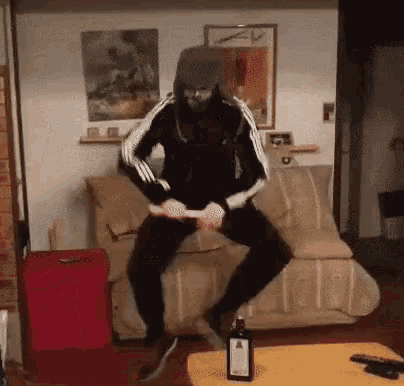
There are different theories regarding the origin of the state of Rus. Let us mention the Norman theory formulated by German scientists who worked at the St. Petersburg Academy of Sciences in the middle of the 18th century. According to this theory, the Normans (Varangians of Scandinavian origin) were the founders of the first states of the Eastern Slavs - Novgorod and then Kievan Rus. In the studies of acad. B. A. Rybakov, relating to the Soviet period, it is proved that the East Slavic society reached in the 9th century the degree of decomposition of the communal system, when the internal prerequisites for the emergence of the state were ripe. There are many hypotheses regarding the formation of the state of Rus, but their study is not the purpose of our work. It is important for us to determine the geographical location of the origin of Russia, since the living conditions of people largely determine their culture.
BA Rybakov defines this area as the Middle Dnieper. “The historical core of the Eastern Slavs for a period of one and a half thousand years, up to Kievan Rus, is determined by such landmarks as the Ros River, Pereyaslavl Russky, Kyiv in the north and the river. Tyasmin in the south. It was the most prosperous center of the forest-steppe Slavic tribes, from whose history the continuous history of Russia should begin ”[B.A. Rybakov, 1987, p. 72].
“The historical core of the Eastern Slavs for a period of one and a half thousand years, up to Kievan Rus, is determined by such landmarks as the Ros River, Pereyaslavl Russky, Kyiv in the north and the river. Tyasmin in the south. It was the most prosperous center of the forest-steppe Slavic tribes, from whose history the continuous history of Russia should begin ”[B.A. Rybakov, 1987, p. 72].
Some modern historians suggest that the origins of Russia are not in Kyiv, but in a completely different place. They consider this place the territory of the modern Leningrad region, namely, the southern shore of Lake Ladoga. The first city of Russia was Ladoga, which to this day is located a few kilometers south of the mouth of the Volkhov River. The first people in Ladoga appeared in prehistoric times. On the left bank of the Pasha River, near the village of Baldino, archaeologists discovered flint tools. In Ust-Rybezhno, on a cape at the confluence of the Rybezhka River with the Pasha River, a Neolithic site was discovered. Unique finds show that life on the territory of the modern Volkhov region developed at a rapid pace. People already in those days were engaged in hunting and fishing, mastering crafts and acquiring the first skills of moving on water in boats hollowed out from tree trunks.
Unique finds show that life on the territory of the modern Volkhov region developed at a rapid pace. People already in those days were engaged in hunting and fishing, mastering crafts and acquiring the first skills of moving on water in boats hollowed out from tree trunks.
However, the climatic and natural conditions of these areas are not fundamentally different from each other. All the first settlements were located: near rivers (water originally occupied an important place in the life of the Slavs), on fertile soil (which makes agriculture one of their most important activities), next to forests (they had game, berries and mushrooms grew, and besides , wood was mined, thanks to which it was possible to make a fire and make a dwelling or a boat), on wide flat expanses in fairly favorable climatic conditions - without severe droughts or frosts. Some lived to the south, others to the north, and the difference was certainly felt, but we will not scrupulously divide the primitive Slavs according to the differences between the tribes of the same Dnieper or Ladoga (looking ahead, let's say that the dance creativity of Russian people can differ even within one region).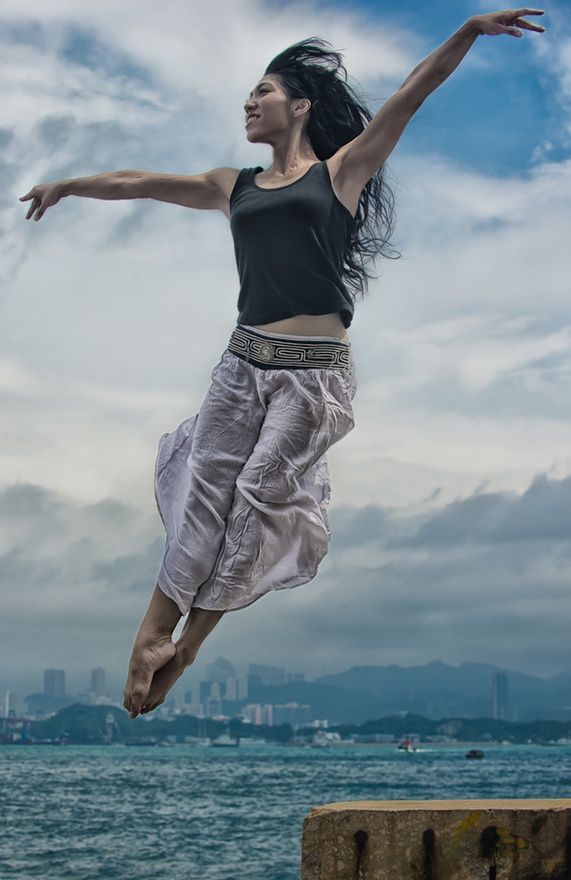 Let us highlight the common distinctive features of Russian dance, which originated in those distant times, surrounded by wild nature.
Let us highlight the common distinctive features of Russian dance, which originated in those distant times, surrounded by wild nature.
Our ancestors worshiped pagan gods, "responsible" for a certain area of nature and life, and believed that by appeasing them, they would be able to improve their lives. Gradually developed certain schemes of consistent actions to please these gods.
In the chronicles these actions are mentioned as spontaneous games "between villages" in the places of gatherings of the settled Slavic tribes. Such forms of primary mass dance can be regarded as an aesthetic phenomenon that developed gradually and involuntarily in connection with the natural vital needs of a person and his unconscious attraction to rhythm alternations, communication with nature and with each other.
The specificity of the plastic expression of the Slavs, as we have already mentioned, directly reflects the peculiarities of Russian nature. Describing his country, a rare Russian poet did not use the epithets "endless", "immense". Therefore, the movements of Russian dance are distinguished by their breadth and openness - the arms open sweepingly, in full length, during the dance the head and body are not constrained, but expressively emphasize each movement. Surrounded by "eternal" birches and oaks, swaying under free winds, people's movements become just as free, full of power1.
Therefore, the movements of Russian dance are distinguished by their breadth and openness - the arms open sweepingly, in full length, during the dance the head and body are not constrained, but expressively emphasize each movement. Surrounded by "eternal" birches and oaks, swaying under free winds, people's movements become just as free, full of power1.
Trees, like animals, were objects of worship for the Eastern Slavs. Totemism, the belief in the origin of the human race from some kind of animal, was very common. Addressing animals as their ancestors, people tried to plastically imitate them. The wolf was especially revered - the devourer of evil spirits, who was asked for strength and wisdom. Men were likened to wolves: they put on skins and, imitating the run of a wolf, went to the forest to perform magical actions. It can be assumed that such imitations, later
1 This is not found in the vocabulary of, for example, the national dance of Japan, where the idea of beauty is personified by an elegant sakura that blooms once a year for less than a week.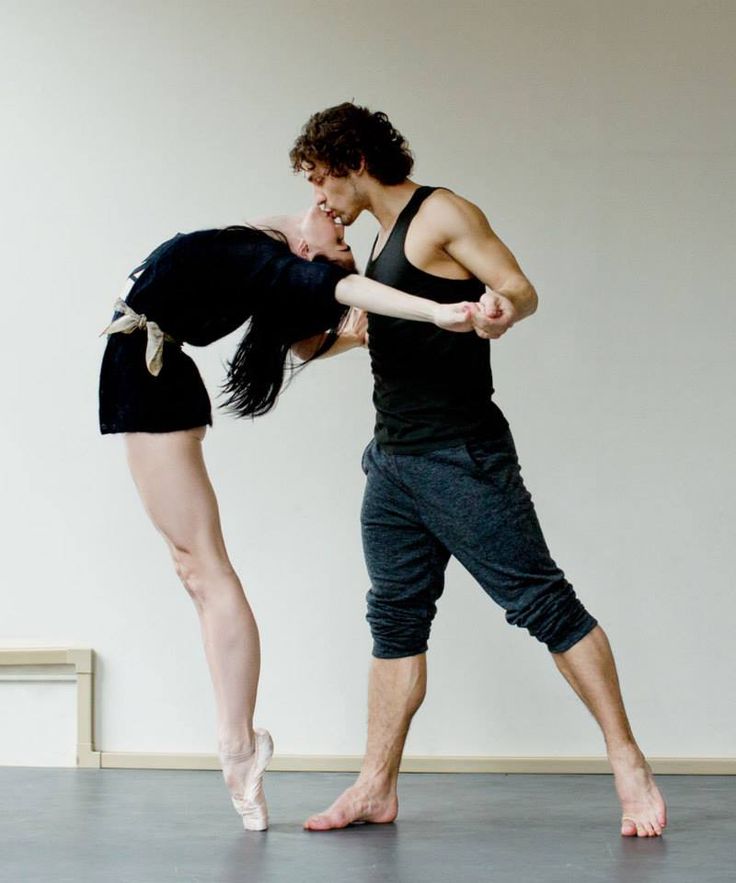 Here it is believed that everything beautiful is sad, because it is short-lived. Japanese dance art reflects this attitude towards life and nature. Movements are built from soft, restrained movements of the ankles, arms, and head, and are judged in terms of aesthetic perfection rather than symbolic meaning.
Here it is believed that everything beautiful is sad, because it is short-lived. Japanese dance art reflects this attitude towards life and nature. Movements are built from soft, restrained movements of the ankles, arms, and head, and are judged in terms of aesthetic perfection rather than symbolic meaning.
turned into ritual actions, left their mark on the Russian male dance, giving it a pace, swiftness of movements, as well as emphasized strength and endurance of the dancer.
The Slavs considered the Olenikha (Moose Elk) a sacred animal, the goddess of fertility, sky and sunlight. Her horns were a symbol of the sun's rays - a talisman against all evil spirits at night, so they were attached above the entrance to the dwelling or inside it. Russian women were likened to a goddess, wearing a headdress with handmade horns. So the first forms of kokoshniks, kicheks appeared. It was necessary to carry the attribute of the goddess on the head with dignity - hence the sedateness and grace of Russian women's dances. The small step characteristic of a round dance owes its restraint, among other things, to the massive headdress, which limited the movements of women.
The small step characteristic of a round dance owes its restraint, among other things, to the massive headdress, which limited the movements of women.
For many centuries there were fierce wars between local and enemy tribes (since the 6th century, the Slavs fought against numerous nomadic tribes of the Turks - Scythians, Sarmatians, Huns, Avars, Khazars, Pechenegs, Polovtsy, etc.). Thus, the rhythms of battles must also be attributed to the rhythms that accompany life. A man from childhood was brought up as a defender, the art of fisticuffs shaped his physics. Fist fighting in Russia was a subtle art of waging a duel, which is part of a sophisticated warrior training system. The basis of the system of fist martial art is a deep knowledge of human biomechanics.
A certain magical meaning has been laid in the methods of fisticuffs since ancient times. So, for example, “breaking” (in dance language we would say “warming up”) before a fight resembles the movements of a bear, whose cult existed in Ancient Russia.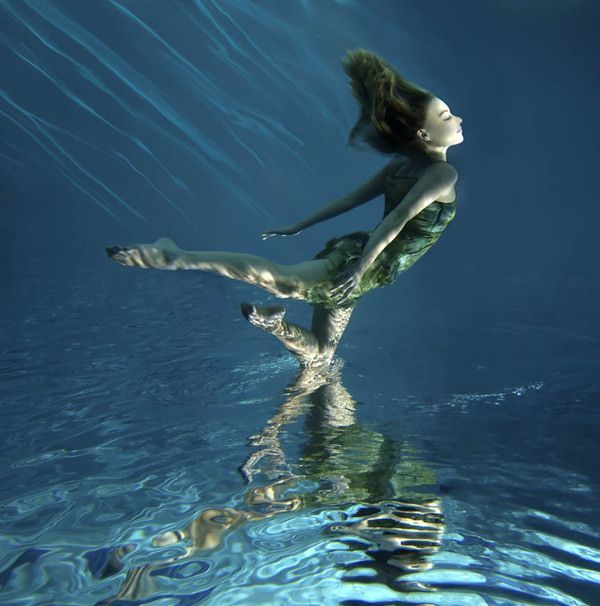 In the Pskov region, for example, "breaking" was called the "dance of the humpbacked" (that is, the bear, whose strength was to pass to the fighter). It is also known that in pre-Christian Russia, martial arts were included in ritual and magical actions associated with agricultural cults. The duel imitated the battle of two principles: the struggle between winter and summer (on Shrovetide), life and death (on feasts), etc.0003
In the Pskov region, for example, "breaking" was called the "dance of the humpbacked" (that is, the bear, whose strength was to pass to the fighter). It is also known that in pre-Christian Russia, martial arts were included in ritual and magical actions associated with agricultural cults. The duel imitated the battle of two principles: the struggle between winter and summer (on Shrovetide), life and death (on feasts), etc.0003
was: “for the home with a wife and small children”, “for the family”, “for the Russian land”, “for the holy faith”.
Such staging of battles resembled more theatrical and plastic performances, in which male prowess and strength were expressed, and demanded spectacular performance. We assume that men's tricks of Russian dance, such as Bedouin, goat, pistol, sweep and others, could develop in these performances - many of them resemble a way of avoiding a lunge or blow, jumping over an opponent.
At those primitive stages of the development of society, creativity manifested itself in the folk game, which was of a syncretic nature. It was a vibrant performance in which music, singing, dance, poetry, martial arts are combined together.
It was a vibrant performance in which music, singing, dance, poetry, martial arts are combined together.
Subsequently, each of the arts developed in its own way. So, Russian dance, as we know it now, first existed in the form of pagan dance, then ritual, and later everyday. Later, with the appearance of buffoons as the first "professional" performers, the first forms of stage dance arose2. After buffoons, Russian dance can already be considered as a stage art.
In the 17th century, ballet theater began to develop in Russia, which undoubtedly influenced the Russian folk dance art of that time. Later, the first appearances of Russian dance are observed on the dramatic stage; it is also used in some ballet performances and variations. By the beginning of the 20th century, the emergence of folk stage dance ensembles, in the repertoire of which Russian dance is fixed as an independent type of choreographic art, dates back to the beginning of the 20th century. Around the same time, the formation of the pedagogical system of teaching folk dance took place, which contributed to the systematization0003
2 The chronological boundaries of the art of buffoons until quite recently were determined by the time from the middle of the 11th to the end of the 17th century. The Soviet scientist A. A. Morozov and other researchers expanded these boundaries, convincingly showing that buffoons did not disappear at the end of the 17th century, but their art changed, took on a different guise, in accordance with the requirements of the time [see. Art.: A. Morozov, 1946]. “The buffoons lived out their lives as bear cubs, puppeteers, fairground entertainers and booth-makers” [ibid., p. 228].
The Soviet scientist A. A. Morozov and other researchers expanded these boundaries, convincingly showing that buffoons did not disappear at the end of the 17th century, but their art changed, took on a different guise, in accordance with the requirements of the time [see. Art.: A. Morozov, 1946]. “The buffoons lived out their lives as bear cubs, puppeteers, fairground entertainers and booth-makers” [ibid., p. 228].
a huge arsenal of expressive means of Russian dance, accumulated over the long history of its existence.
Today Russian dance is an independent kind of choreographic art. However, having gone a long way, it carries all the same eternal folk values that were laid down by our ancestors. Below we will focus on the axiological, or value-semantic load of the elements of Russian dance as important for their use in a dramatic performance.
Coming to the drama theater, plunging into the atmosphere of a particular performance, the viewer becomes a witness, and sometimes a full participant in the events taking place on the stage. He finds himself in a certain era, locality, begins to understand the heroes, empathize with them. A dramatic performance is a syncretic art, and the end result is a synthesis of different arts: theatrical, musical, visual, literary, choreographic. The purpose of this synthesis is to have an aesthetic impact on the viewer, to convey to him the ideological concept. Understanding the meaning of each of these components, we get a really interesting performance. In the light of our research, we are interested in how the expressive means of Russian dance can be used in order to reveal the image of a Russian person on the stage of a drama theater as vividly and accurately as possible.
He finds himself in a certain era, locality, begins to understand the heroes, empathize with them. A dramatic performance is a syncretic art, and the end result is a synthesis of different arts: theatrical, musical, visual, literary, choreographic. The purpose of this synthesis is to have an aesthetic impact on the viewer, to convey to him the ideological concept. Understanding the meaning of each of these components, we get a really interesting performance. In the light of our research, we are interested in how the expressive means of Russian dance can be used in order to reveal the image of a Russian person on the stage of a drama theater as vividly and accurately as possible.
The participation of choreography in the performance not only enlivens and decorates it, but also enhances the perception of the images of the characters, the idea of the work, contributes to a deeper understanding by the viewer of the action taking place on the stage. The main thing in the process of creating a performance is to work on a single idea, to strive for complementarity of one component with another, while relying on the director's vision.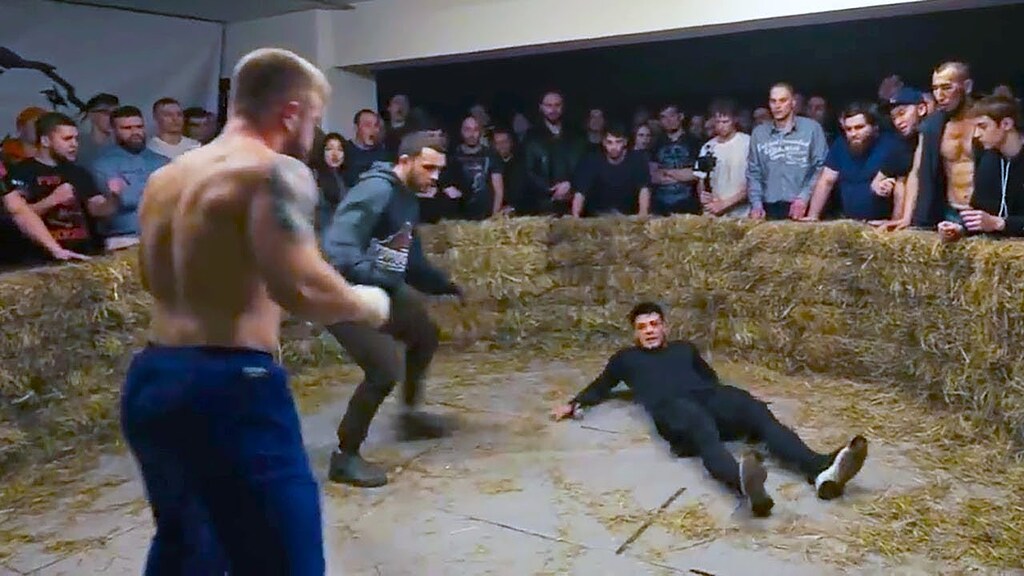 The specificity of the work of a choreographer in a drama theater lies in this - here he is no longer an independent creator of his own separate choreographic number, but a member of a creative tandem. This does not mean that the choreographer has a less important task than the director, because he himself composes the choreographic text for dances. He must not only know the dance material well, master the expressive plastic colors, be able to compose a dance, but also know the laws of dramaturgy, the vital material underlying the performance.
The specificity of the work of a choreographer in a drama theater lies in this - here he is no longer an independent creator of his own separate choreographic number, but a member of a creative tandem. This does not mean that the choreographer has a less important task than the director, because he himself composes the choreographic text for dances. He must not only know the dance material well, master the expressive plastic colors, be able to compose a dance, but also know the laws of dramaturgy, the vital material underlying the performance.
In our case, we are talking about a deep knowledge of Russian folk dance art. Working in the context of a dramatic performance, the choreographer must be aware that each movement of the dance is not a dry gymnastic exercise, but the plastic speech of the Russian people that has been formed for centuries. That is why we turned to the consideration of the axiological concepts of Russian dance.
In the light of dramatic art, this aspect of choreography is especially relevant.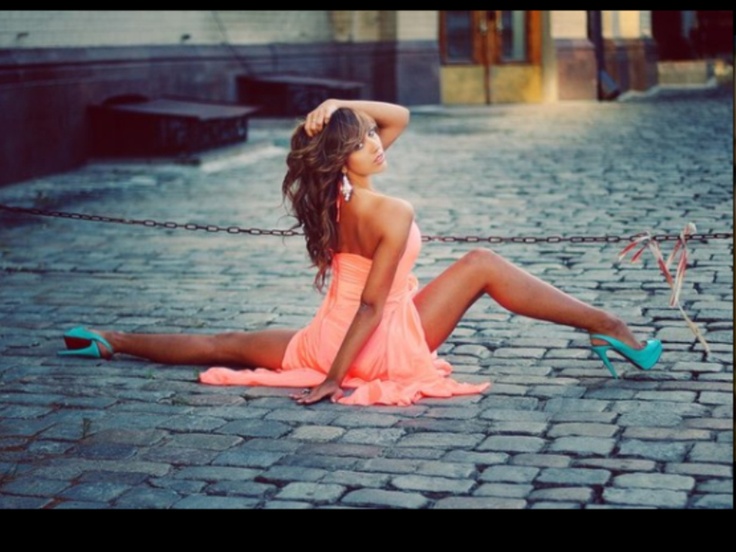 The director turns to the genre of choreography that will most harmoniously merge into the overall style of the performance and will be able to more accurately reveal its main idea. Speaking about Russian folk dance, it is always important to remember that this genre of choreography is based on national identity, the spirit of the people. It expresses the system of values that has developed over many generations, inherent only to the Russian people. The use of expressive means of Russian dance will harmoniously complement the performance about the Russian people, about the relationship between Russian people, if the director, in order to reveal the idea of the performance, decides to turn to the language of dance.
The director turns to the genre of choreography that will most harmoniously merge into the overall style of the performance and will be able to more accurately reveal its main idea. Speaking about Russian folk dance, it is always important to remember that this genre of choreography is based on national identity, the spirit of the people. It expresses the system of values that has developed over many generations, inherent only to the Russian people. The use of expressive means of Russian dance will harmoniously complement the performance about the Russian people, about the relationship between Russian people, if the director, in order to reveal the idea of the performance, decides to turn to the language of dance.
Let's try to highlight the axiological concepts, or value-semantic attitudes of Russian folk dance.
Expression of Russian temperament. It's no secret that the temperament of the Russian people cannot be confused with any other. In no other genre of choreography does it reveal itself so vividly.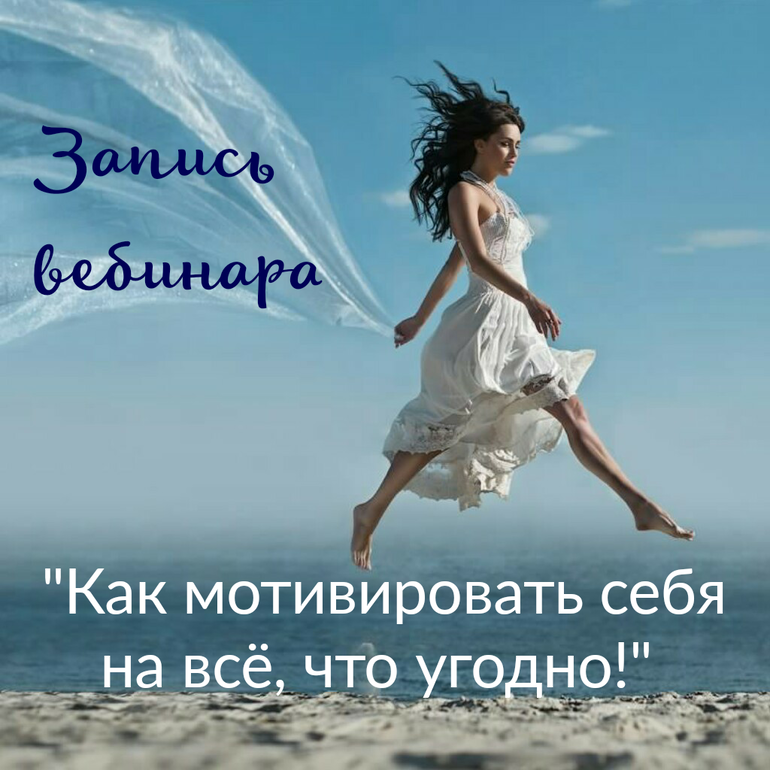 The peculiarity of the temperament of a Russian person lies in the combination of two diametrically opposed types - phlegmatic and choleric. The restraint and calm inherent in the phlegmatic are embodied in lyrical female round dances, in paired round dances. The prowess and enthusiasm of the choleric - in emotional tempo dances, dances, Russian quadrilles. The Russian soul opens up to us in different ways at the moment of performing these dances, which are different in tempo and character. The use of such a contrast through plastic expression can show more vividly than any words the diversity of Russian nature, its changeability and saturation with different colors. Even in the restraint of girls dancing a round dance, there is always a storm of emotions that can break out as a response to a change of events.0003
The peculiarity of the temperament of a Russian person lies in the combination of two diametrically opposed types - phlegmatic and choleric. The restraint and calm inherent in the phlegmatic are embodied in lyrical female round dances, in paired round dances. The prowess and enthusiasm of the choleric - in emotional tempo dances, dances, Russian quadrilles. The Russian soul opens up to us in different ways at the moment of performing these dances, which are different in tempo and character. The use of such a contrast through plastic expression can show more vividly than any words the diversity of Russian nature, its changeability and saturation with different colors. Even in the restraint of girls dancing a round dance, there is always a storm of emotions that can break out as a response to a change of events.0003
tiy - the appearance of men or, for example, the emergence of a dispute. The girl embarks on an emotional dance or dance, where her temperament is revealed from the other side.
Attachment to nature. The dance creativity of any nation carries an attachment to nature. That is why this valuable aspect of Russian dance is interesting to us, that nature is different and the attitude towards it too. Each natural phenomenon causes its own associations. Birches in the forest, ears of corn in the wind associatively encourage reflection on the beautiful and eternal; the predatory wolf is associated with the enemy. The entire associative field is displayed in Russian dance and can be used within a certain dramatic action. There are a number of dances of an imitative and imitative nature, the movements in them resemble, for example, the swaying of birches in the wind, the sowing of grain, the hunt for a predatory beast. With the help of the choreographic embodiment of these familiar analogies, we will create the atmosphere of the desired scene in the play without words. In addition, using musical material based on the sounds and rhythms of nature, you can easily give a national color to the action.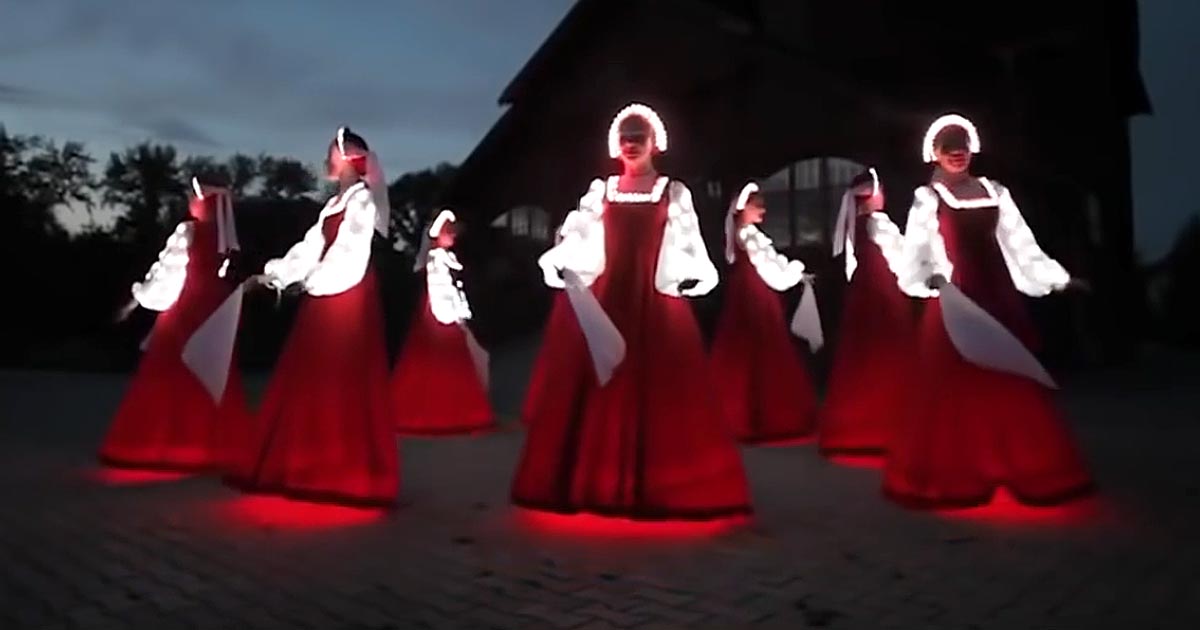
Embodiment of family values and traditions. Many dances are based on rituals and holidays that have come down to us from our ancestors, as evidence of the preservation and continuity of traditions. So, fair or Shrovetide festivities are still a favorite topic for directors.
The plots of Russian dances reflect the way of life and way of life, respect for the older generation, care for children. Old men and women were invariably greeted with a low bow. In Russia, the house has always been ruled by two: the head of the family is a man, and the keeper of the hearth is a woman. So in dances, the most common are paired dances, where a man and a woman dance hand in hand3. Therefore, in the minds of a Russian woman (and a man too), the appearance of someone else looks like an attempt on what belongs to her (or him). Many dances are based on this
3 Unlike Eastern countries where polygamy is allowed. Remember the picture - the shah sitting in a majestic pose and the girls dancing around him, delighting his eyes.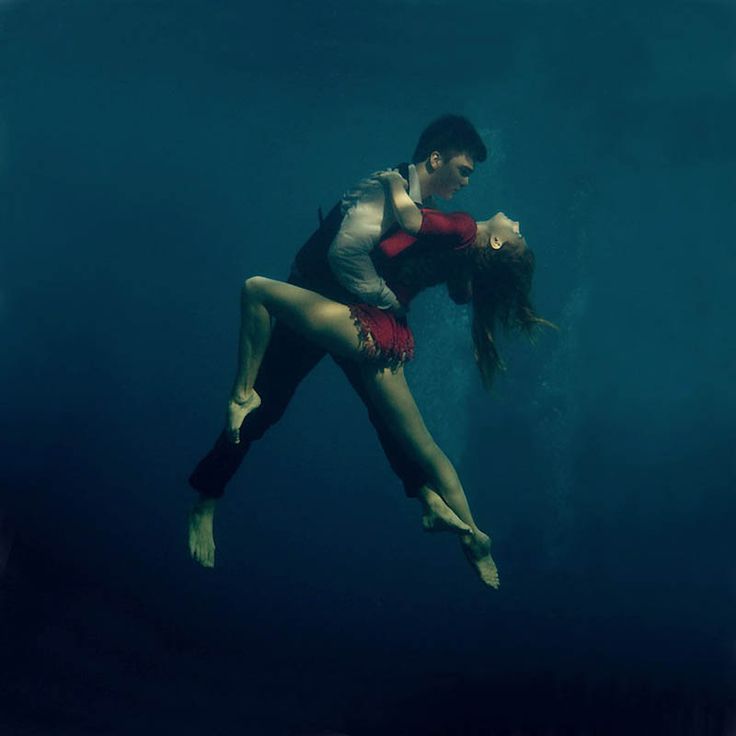
the topic of rivalry between men or women for their “second half”.
Expression of psychologism, lyricism, simplicity and "melodiousness" of the Russian soul. It is natural for a Russian person to deeply and sincerely experience what is happening, to feel the changes in the world around him and the mood of a loved one. In the arsenal of Russian folk dance there are even dances with telling names, such as "Duma", "Suffering". The length and melodiousness of the music, so pleasing to our ears, touches and makes the Russian soul think. Remember only one movement of the Russian male dance, when with both hands the man first grabs his head, then, as if pulling his hair back, takes his tense hands behind his head and, gathering his palms into fists, opens them into the second position. Other nations experience and, consequently, express their emotions quite differently.
Manifestation of the specifics of Russian labor. There are dances built on the specifics of certain professions: the dance of woodcutters, blacksmiths, spinners.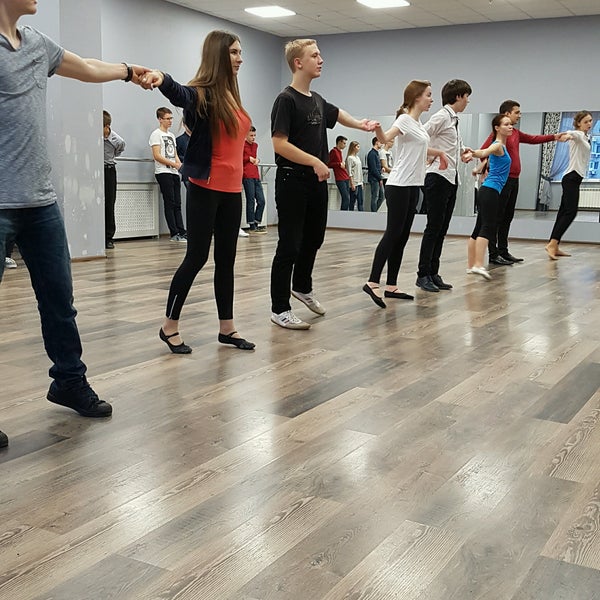 In them we can see a Russian person in the labor process as an integral part of his life. Distinctive Russian features are especially clearly expressed here: scope, breadth, prowess, embodied in the male vocabulary, and diligence, sacrifice, patience - in the female.
In them we can see a Russian person in the labor process as an integral part of his life. Distinctive Russian features are especially clearly expressed here: scope, breadth, prowess, embodied in the male vocabulary, and diligence, sacrifice, patience - in the female.
A combination of Orthodox and pagan aesthetics. We said above that Russian folk dance takes its origins in the elements of pagan games. Mass dance as an aesthetic phenomenon was born gradually and involuntarily in connection with the natural needs of life and the unconscious attraction of a person to the alternations of rhythm and communication with nature. Later forms - dances, games, rituals, etc. - are the product of the already conscious creativity of our ancestors. These peculiar forms of choreography reflect the evolution of ways to deal with
4 For example, African peoples find a unifying principle for themselves in the aggressive rhythms of percussion instruments and the same aggressive dances.
nature, the birth of superstitions and the emergence of cults.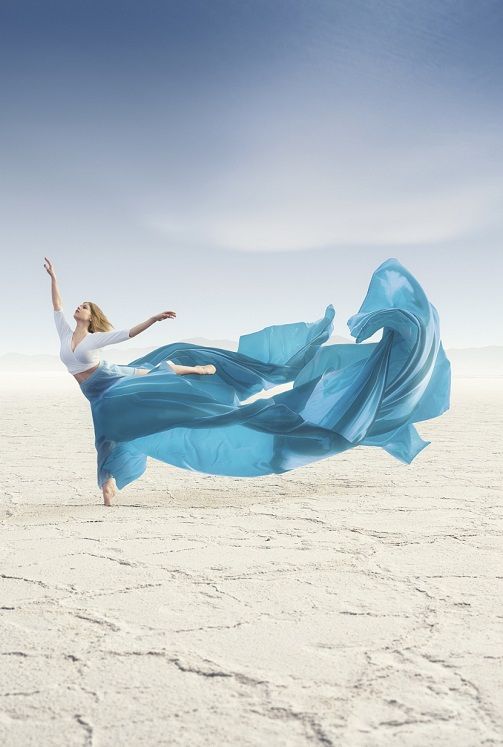 With the adoption of Orthodoxy, a new stage in the development of Russian choreography is connected. The dance, as a manifestation of the pagan principle in the Russian people, had to be persecuted under the conditions of the new official religion, which happened. However, people did not accept these changes in their usual way of life, and over time, “the pagan custom acquired an ethical Christian coloring. Christianity softened and absorbed other pagan customs" [D. S. Likhachev, 1988, p. 249-258]. Thus, the Russian dance, which originated in paganism, acquired a Christian ideology. It can be assumed that Russian dance is the embodiment of a combination of pagan and Orthodox aesthetics.
With the adoption of Orthodoxy, a new stage in the development of Russian choreography is connected. The dance, as a manifestation of the pagan principle in the Russian people, had to be persecuted under the conditions of the new official religion, which happened. However, people did not accept these changes in their usual way of life, and over time, “the pagan custom acquired an ethical Christian coloring. Christianity softened and absorbed other pagan customs" [D. S. Likhachev, 1988, p. 249-258]. Thus, the Russian dance, which originated in paganism, acquired a Christian ideology. It can be assumed that Russian dance is the embodiment of a combination of pagan and Orthodox aesthetics.
It should be noted that the Byzantine influence was also expressed in a change in the form of clothing, and, consequently, in dance gestures, which have always been highly dependent on the cut and shape of the dress among all peoples of the world. The Slav, as before, remained true to his national nature and borrowed only what could make his original art brighter and more colorful.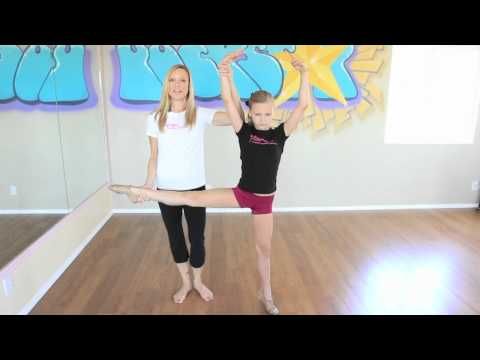 The centuries-old struggle against all kinds of oppression and religious asceticism had both a negative and a beneficial effect on the development of Russian art, and in particular choreography.
The centuries-old struggle against all kinds of oppression and religious asceticism had both a negative and a beneficial effect on the development of Russian art, and in particular choreography.
“Love in Russian”. For comparison, let's consider ways of expressing love in the dances of other peoples: among African tribes - frank, sharp movements of the hips, jumps; in Indian dances, symbolic postures and their combinations, finger positions, hand gestures, and numerous canonical movements of the eyes, neck, head, and other parts of the body; in the East - enticing belly dance. The peculiarity of Russian dances is in the combination of modesty, modesty, decency and eroticism: sedate lyrical round dances in a long closed dress, not tight-fitting, but emphasizing the beauty of the female figure, where every hand gesture is restrained, but infinitely graceful; a wide Russian dance, where many male movements are performed on the floor (blizzard, crawler, etc.), which is completely absent in the female vocabulary.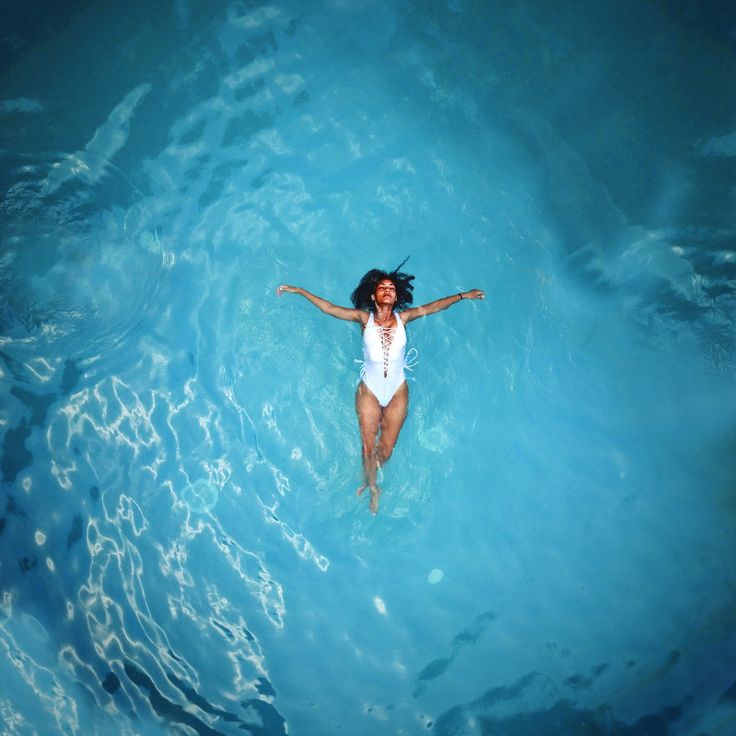 This is how respect for a woman is expressed, admiration for her beauty. There is a man dancing right there
This is how respect for a woman is expressed, admiration for her beauty. There is a man dancing right there
can stand up, grab a woman and spin in his strong arms, thus showing a storm of emotions for her and his strength.
This is the general system of values that is embedded in the Russian folk dance. The use of choreography based on Russian dance material in a dramatic performance can help to most accurately and vividly reveal the image of the hero, understand him, feel, reveal the main ideological line of the performance, if it is staged on Russian material, about a Russian person. The skillful interweaving of choreographic elements into the main story, which the performance tells, allows the viewer to understand the hero in new colors. Other mechanisms of perception are switched on here - the viewer is given the opportunity to feel the actor not only through his speech, but also through plasticity. In the case of a national dance, its own associative array is also involved, which is inherent in any person of any nationality from birth.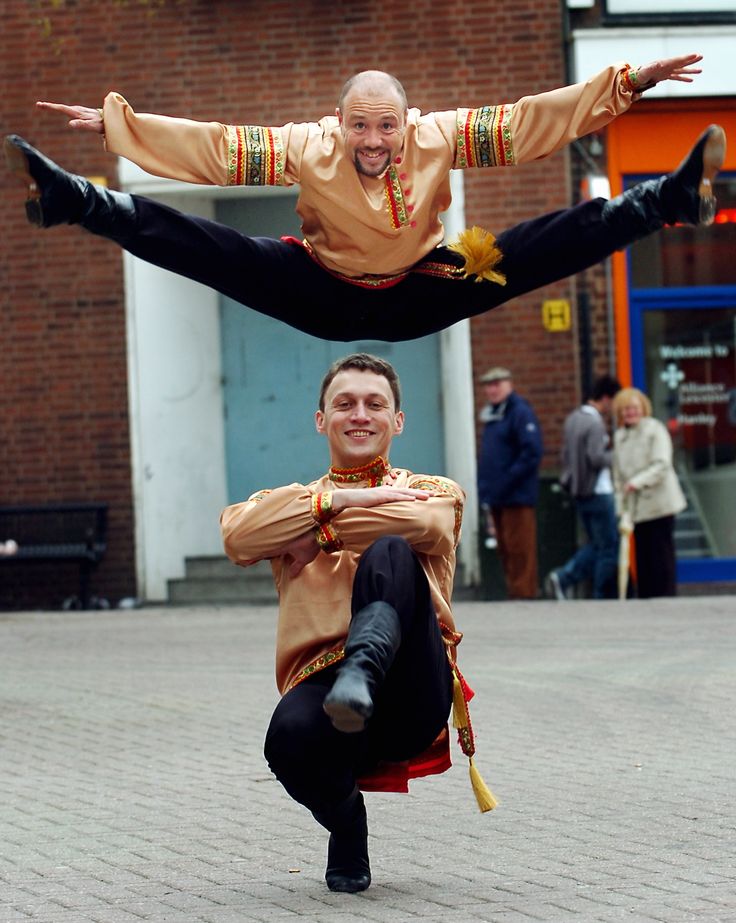
References
Likhachev DS The Baptism of Russia and the State of Russia // Novy Mir. 1988. No. 6. pp. 249-258.
Mirkina Z, Pomerants G. Great religions of the world. M., 1995.
Morozov A. A. Buffoons in the North // North: Alm. Archang. department of the Union of Soviets. writers. Arkhangelsk, 1946. S. 193-245.
Rybakov B. A. Paganism of Ancient Russia. M., 1987.
Ensemble "Beryozka" is preparing for a tour of Belarus
The State Academic Choreographic Group "Beryozka" will perform on May 16 in Minsk at the Palace of the Republic. "You don't need to read 200 volumes about Russia, just watch one Beryozka concert, you will see what Russian temper, Russian character, Russian beginning are..." - written in the announcement for the Minsk concert.
Recently the band returned from a big tour in Siberia and gave a concert in Moscow. What is the uniqueness of the ensemble and how does it manage to stay afloat for more than 70 years? For an answer, the SOYUZ columnist went to the ensemble's concert in Zamoskvorechye.
Tickets ended a week before the concert. Despite the sunny weather, there was nowhere for an apple to fall in the Palace of Culture - mostly young families with children came.
- We go to the folk dance studio, - said Tatyana Paramonova, a mother of three children. - Came with my husband and children to look at the reference dances "Birches". This is a dance group with a unique choreography, a clear concept, based on the synthesis of folk dance and classical school. It's a pity that the ushers didn't sell programs with the names of soloists, stage director, sound engineers, lighting...
And then the light goes out. Spotlights illuminate the stage, on which girls in red sundresses, headscarves and green birch branches in their hands emerge. The first dance, which opens any concert of the ensemble, is a round dance of the Eastern Slavs to the melody "In the field there was a birch tree." In the song, it was once sung how they danced, during which the girls made friends - they became close relatives to each other.
The circle dance begins slowly: the girls walk along the string, then the participants separate, then smoothly disperse in different directions, then approach again, then move in a wavy snake, waving their handkerchiefs. White blouses add tenderness to the costumes.
The dancers' legs are hidden by the hem of long red sarafans, they moved in small steps, minced, and there was a feeling that they were floating on the stage or the stage was rotating under them, while the faces, body, sarafans were motionless.
The audience groaned with delight. A silent and smooth step, thanks to which it seems to the audience that the dancers are swimming, is the hallmark of the ensemble. That evening, the audience was lit by the fiery male "Stomp", "Spring round dance", "Jokers", "River", "Bachelors". Ingenious choreographic productions in the 60s of the last century became a real discovery of Russian folk dance, a new style in modern choreography of that time.
- How to achieve such a smooth step? - I asked the dancers during the intermission.
And they show me how to hold the body: raise your head, straighten your spine, grow up. Now raise your eyebrows and smile with your eyes. But the main secret is not technical. It is in the body, in the look, in what you convey to the viewer. No wonder in the ensemble instead of "dancers" they say "actors". Style, step "Birch" is unshakable, like the Volga, but you can add a look, a state of mind.
Choreographer Nadezhda Nadezhdina came up with this Russian folk dance theater. To meet with its audience, "Birch" needed to go on stage only once every 1948 year.
Nadezhdina was inspired to create a floating dance by an old lithograph. Perhaps it was Palekh. It depicted a round dance. Nadezhdina found 16 girls from rural amateur performances in Kalinin, taught them her round dance and brought them to perform at the Hermitage Theater. Actors Alexander Menaker and Maria Mironova, Leonid Utyosov and Claudia Shulzhenko took part in the concert. Nadezhdina's group swam onto the stage in red sundresses, scarves and green birch branches. The band's performance made a splash. No one understood why the girls were floating around the stage.
The band's performance made a splash. No one understood why the girls were floating around the stage.
Nadezhdina was invited to the Ministry of Culture and offered to create an ensemble that presented dances "Swan", "Chain", "Birch", "Sudarushka" on the stage. In 1948 the ensemble went to a festival in Budapest. His triumphant march around the world began. The ensemble has become a real ambassador of the country. Beryozka ended up in Chile during a military coup in 1973. Artists hid in hotel rooms when fighting was going on in the streets of Santiago. And in Greece, in the forty-degree heat, they danced "Pancake week" in sheepskin coats and felt boots. The lights went out at the concert in Kemerovo. Instead of dancing, the hall sang "Moscow Evenings", "Katyusha", "Dugout". The light flashed during the march from the "Jolly Fellows".
It was fashionable to marry a dancer from Beryozka. The wife of the traveler Yuri Senkevich, the mother of the singer Polina Gagarina from Beryozka.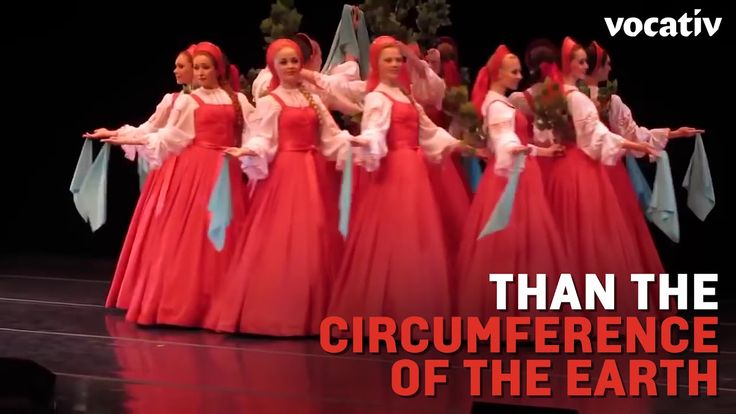 The dancers personified Slavic beauty.
The dancers personified Slavic beauty.
Nadezhda Nadezhdina died in 1979. The current leader of the ensemble, People's Artist of the USSR Mira Koltsova, herself a soloist of "Beryozka", during her lifetime took control from her hands, preserving direct succession. In the second part of the concert, the ensemble danced her choreography - "Bells", "Lacemakers", "River", "Komarik", dance "Razdolnaya".
During the two hours of round dances and dancing, the ensemble's actors change stage costumes more than twenty times. There were huge square bags on the floor, where sundresses, blouses, shirts, kokoshniks were put. Each costume is a real work of art made of velvet, chiffon, lace or batik. For two hours of round dances and dancing, girls and boys change sundresses and shirts about 20 times. In total, the team has about two thousand suits, they weigh about two and a half tons. So that the hems of sundresses do not move during a round dance, they must be heavy.
According to Vasily Stodushny, director of the ensemble, the concert program is designed in such a way that the audience will receive a powerful charge of aesthetic pleasure from dance masterpieces. The team has a special matrix laid down by Nadezhdina herself. survival matrix. The ensemble was able to remain itself even in the difficult 90s. Despite world fame, in the 1990s Beryozka was left without a roof over its head. For 16 years, the ensemble was homeless, wandered around the Palace of Culture, but did not break up. Only in 2006, after a meeting in the government, the team received a mansion in the center of Moscow. In the rehearsal room - a portrait of Nadezhda Nadezhdina. "Madame", as the artists called her, is still alive.
The team has a special matrix laid down by Nadezhdina herself. survival matrix. The ensemble was able to remain itself even in the difficult 90s. Despite world fame, in the 1990s Beryozka was left without a roof over its head. For 16 years, the ensemble was homeless, wandered around the Palace of Culture, but did not break up. Only in 2006, after a meeting in the government, the team received a mansion in the center of Moscow. In the rehearsal room - a portrait of Nadezhda Nadezhdina. "Madame", as the artists called her, is still alive.
In the meantime
"Beryozka" repeatedly took part in concerts of the International Festival of Arts "Slavianski Bazaar in Vitebsk". And now, on May 16 in Minsk, a new meeting of Russian artists with a grateful Belarusian public will take place.
According to the soloist of the ensemble Vladimir Shcherbakov, the band goes to the Belarusian capital, as well as to other tours, without an orchestra, with a smaller composition.


